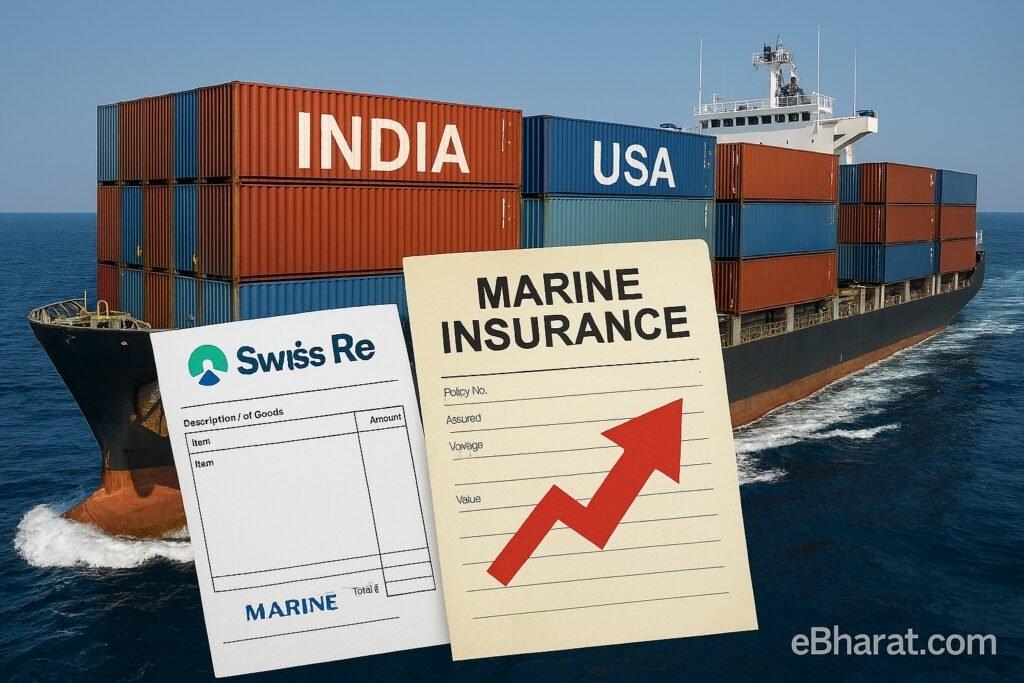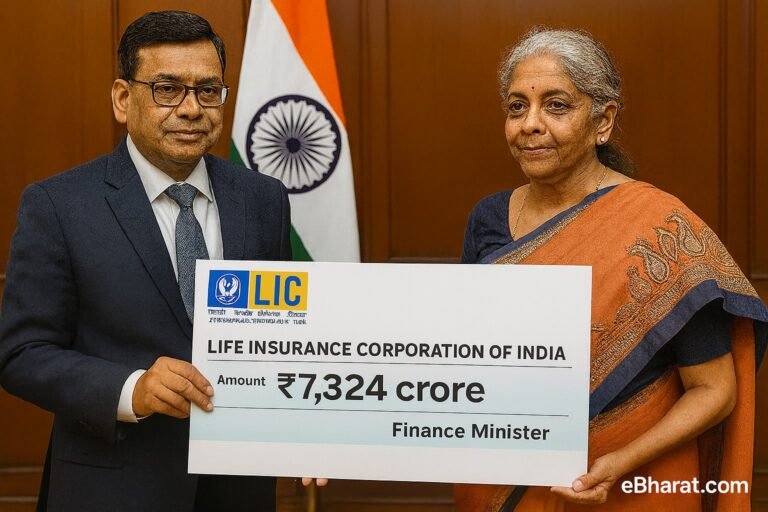
With U.S. tariffs now at 50%, Indian exporters may have to pay more for marine and trade credit insurance. Insurers are preparing for a possible rise in claims.
What’s Happening?
U.S. President Donald Trump, , has announced a fresh 50% tariff on select Indian exports, including textiles, auto parts, and electronics. The move — seen as part of his broader “America First” pitch — could deal a blow to Indian exporters who already face margin pressure.
The announcement was made at a campaign rally in Ohio, and formal notification is expected within the week.
“We are putting America first again — and stopping trade imbalances,” Trump declared.
Why Insurers Are Worried
Indian marine cargo and trade credit insurers are now on high alert. With exports becoming riskier under these tariffs, premium rates may rise to compensate for:
- Higher risk of shipment delays or rejections at U.S. ports
- Payment defaults by overseas buyers
- Rising political risk & demand for claims under force majeure
According to an executive at ICICI Lombard (name withheld on request):
“Marine insurance premiums are always linked to geopolitical risk. A sudden tariff hike like this creates confusion at ports and warehouses — that’s when claims shoot up.”
Trade Credit Premiums Could Rise Too
Exporters who rely on trade credit insurance to safeguard against payment defaults may also find themselves paying more in premiums — especially those with U.S.-based buyers.
Underwriters may also tighten credit risk checks or reduce policy limits for businesses exposed to U.S. trade.
India’s Insurance Exposure to Global Trade
India’s marine and trade credit insurance segments — though niche — are growing. As per IRDAI 2024 data:
- Marine insurance GWP (FY24): ₹6,218 crore
- Trade credit insurance GWP: ₹1,452 crore
- U.S. accounted for ~15% of insured shipments
Any volatility in U.S. trade policy directly affects this line of business, especially for players like New India Assurance, Tata AIG, and HDFC Ergo.
Impact on Exporters
Small and medium exporters — especially those not hedged — could suffer the most. According to FIEO (Federation of Indian Export Organisations), many exporters might now need extra insurance coverage or tariff risk advisory services, which come at a cost.
“We urge the government to support exporters via insurance subsidies or rate stabilization,” said a FIEO official.
Why This Matters
- Exporters may see their profit margins shrink — not just due to tariffs, but also because of higher insurance overheads.
- Insurers might reprice their risk, affecting trade policyholders across the board.
- Indian MSMEs exporting to the U.S. could become uncompetitive without fast policy action.
“For a broader perspective on how Indian financial markets responded to the tariff announcement, read our detailed coverage on the stock market reaction.”
Stay tuned to eBharat.com for updates on export insurance trends, claim advisory tips, and how to secure better coverage during global disruptions.
Share this with someone in the export or insurance industry — and follow us on X, LinkedIn, and Instagram for more updates.













